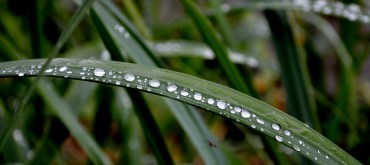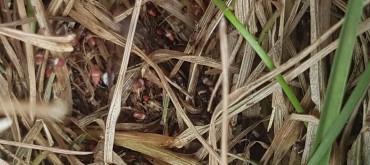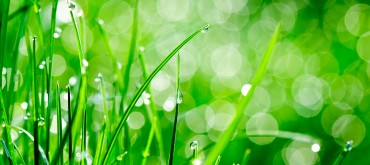Last week’s e-newsletter pertaining to Crabgrass at this time of the year, and the limited options to deal with it now, generated a few questions from some of our customers asking why we don’t simply just spray it as we do with other pesky weeds.
Long story short, we wish we had a simple solution to spray all problem weeds and have them disappear (it most definitely would be easier this way). Unfortunately, since the Ontario Cosmetic Pesticide Ban that came into effect back in 2009, we have been very limited as to what products we are able to provide to our customers for added weed control benefits. In the past, the herbicides that were permitted had the ability to not only address specific weed problems, but also translocate to the root system. This allowed the product to move throughout the plant, causing the breakdown of the entire plant’s system, resulting in the weed’s complete demise. Since the ban, all is not lost as we have been able to proceed with products that still cause contact injury to select weeds, but are leaving the root system (aka the supporting mechanism) still intact. That being said, the best (and more environmental) way to work at controlling any weed is to work at creating an environment that does not favor its growth while supporting a weed’s biggest competitor, your lawn.
Taking a more inclusive approach to the health of your landscape can help shift everyone’s thinking more towards what can be done to prevent the weeds from growing in the first place as opposed to how to sustain digging them out or spraying them every season. If you are watering deeply & infrequently, cutting often no shorter than 3 inches, and providing nutrients that favor the growth of the lawn, then weeds that enjoy dry, sunny, and low nutrient-rich environments won’t get the opportunity to thrive in that area. The other good thing about most weeds is that they fall within the “annual” category. This means their life cycle only lasts one growing season and in order for the weed to return, it must germinate from a brand new seed (like crabgrass). This also means that we are provided a small window of time in the Fall to reassess the condition of our lawns and the existing maintenance of the environment to make the appropriate changes to prevent the weeds return the following season. We are approaching the best time of year to get any overseeding or aerating done to better prepare your lawn for next season. Stay tuned for future e-newsletters on repair tactics during the cooler season.
If you have any additional questions pertaining to any weeds you may be experiencing, or would like further guidance on how to work towards a greener lawn and healthier landscape, feel free to contact any one of our team members whether they are in the field or here in the office!





